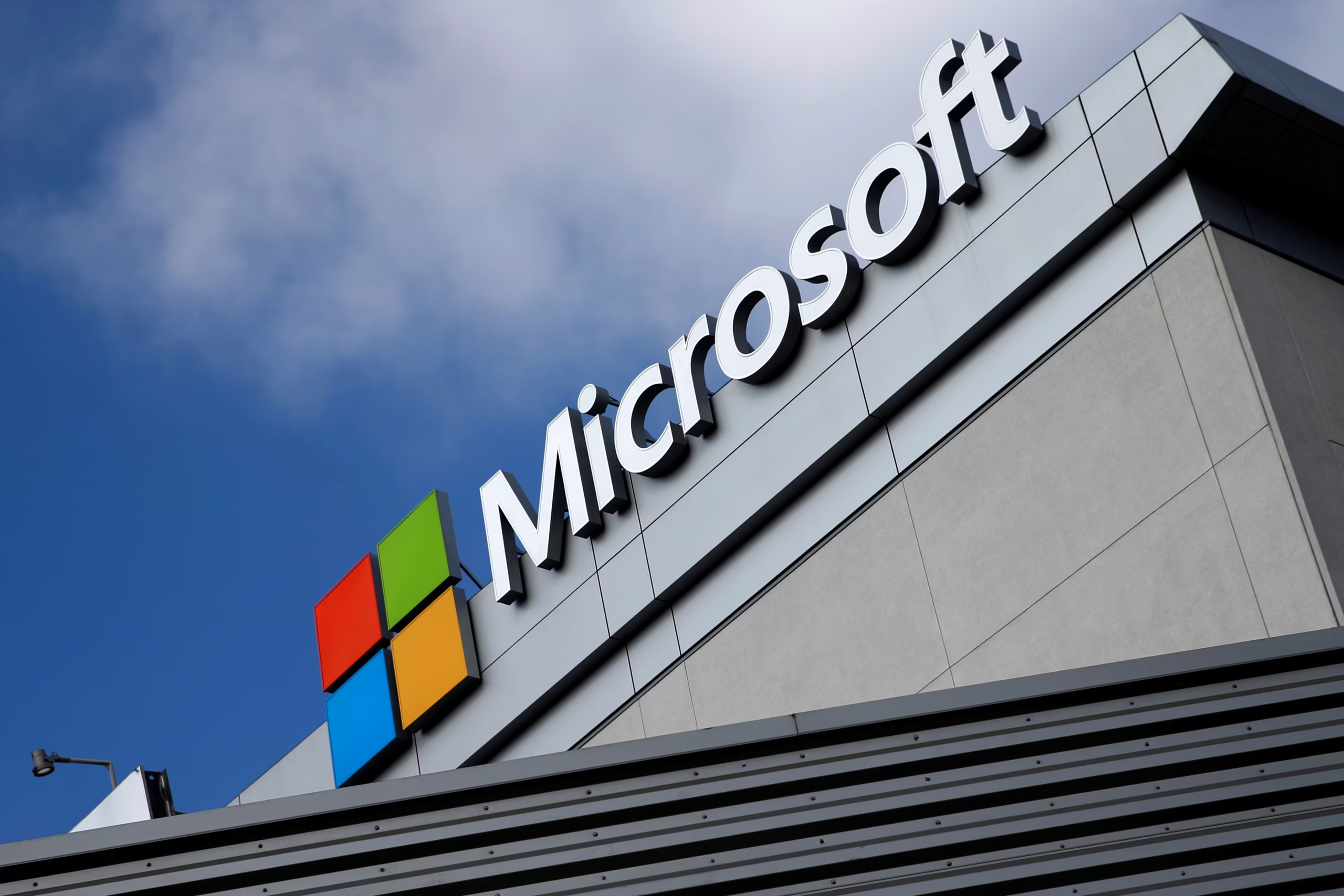Hackers are exploiting Microsoft Teams meeting invitations to distribute malware and steal sensitive information. This tactic preys on the trust users place in the platform for communication and collaboration. Security researchers have observed a surge in these attacks, highlighting the growing sophistication of cybercriminals.
The attack typically begins with a seemingly legitimate Microsoft Teams meeting invitation. These invitations often mimic real meeting requests, sometimes even using details gleaned from publicly available information or previous breaches. The victim receives an email containing the invitation, often with a subject line that suggests an urgent or important meeting. The email itself may appear convincing, using branding and language that closely resembles official Microsoft communications.
The malicious link embedded within the invitation directs the victim to a fake landing page. This page often mimics the actual Microsoft Teams login or a related page. Victims are prompted to enter their login credentials, which are then immediately harvested by the attackers. In some cases, the link leads to the download of malware disguised as a Teams update or a necessary plugin. This malware can take various forms, including spyware, ransomware, or keyloggers.
The success of these attacks relies on social engineering. Attackers exploit the trust users have in familiar platforms like Microsoft Teams. The urgency and importance conveyed in the fake meeting invitations often bypass users’ security awareness. The realistic design of the phishing pages further contributes to the deception. Many victims are unaware they have been compromised until it is too late.
Microsoft has acknowledged the issue and is working to improve the security of its platform. The company recommends users be cautious of unexpected meeting invitations, especially those from unknown senders. Microsoft also advises users to enable two-factor authentication for their accounts, which adds an extra layer of security. Additionally, users are encouraged to report any suspicious activity to their IT departments and to Microsoft.
The rise in these attacks underscores the need for increased vigilance and security awareness training. Organizations must educate their employees about the risks associated with phishing and social engineering tactics. Regular security audits and updates are also crucial to protect against emerging threats. Users should always verify the sender of meeting invitations and avoid clicking on links or opening attachments from untrusted sources. Checking the URL of the landing page before entering any credentials is also a crucial step in preventing phishing attacks. By staying informed and practicing safe online habits, users can minimize the risk of falling victim to these sophisticated attacks. The threat landscape is constantly evolving, and staying vigilant is paramount.










Add Comment